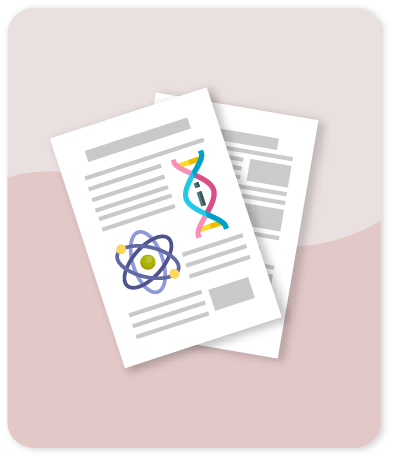Land cover classification with spatial resolution of 10 meters in forests of the Colombian Caribbean based on Sentinel 1 and 2 missions [Clasificación de cobertura vegetal con resolución espacial de 10 metros en bosques del Caribe colombiano basado en misiones Sentinel 1 y 2]

Compartir este ítem
Fecha
2023Autor
Anaya J.A
Rodríguez-Buriticá S
Londoño M.C.
Citación
Metadatos
Mostrar el registro completo del ítemResumen
A Land cover map of the Colombian Caribbean were generated with data from the Sentinel-1 and Sentinel-2 missions for the year 2020. The main objective was to evaluate Sentinel 1 and 2 images to generate a classification for Caribbean forests. The images were processed using Google Earth Engine (GEE) and then classified using Random Forest. The Overall Accuracy, the Mean Decrease Accuracy and the Mean Decrease in Gini were calculated for the optical and radar bands, this allowed evaluating the importance of different regions of the electromagnetic spectrum in the classification of vegetation cover and the relative importance of the spectral bands. The accuracy of the land cover map was 76% using exclusively Sentinel-2 bands, with a slight increase when Sentinel-1 data was incorporated. The SWIR region was the most important of both Sentinel programs for increasing accuracy. We highlight the importance of coastal aerosol band 1 (442.7 nm) in the classification despite its low spatial resolution. The overall accuracy reached 83% when adding the Elevation data from the Shuttle Radar Topography Mission (SRTM) as auxiliary variable. These results indicate great potential for the generation of vegetation cover maps at the regional level while maintaining a pixel size of 10 m. This article highlights the relative importance of the different bands and its contribution to improve accuracy. © 2023, Universidad Politecnica de Valencia.. All rights reserved.
Colecciones
- Indexados Scopus [1813]
